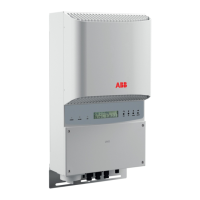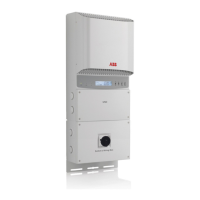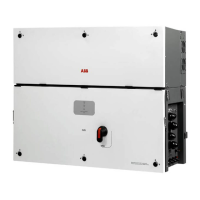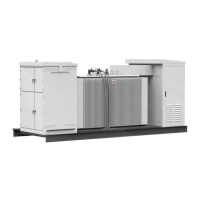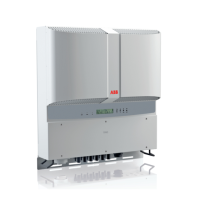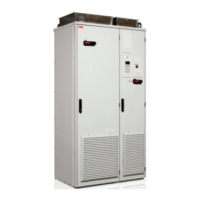72 Installation checklist
PV quick connector cable-side kit (-SX) QTY:____pcs.
Mechanical installation (refer to Mechanical installation on page 41)
Make sure that:
The mechanical installation and markings correspond to the system’s layout and design
drawings.
The installation area is properly selected.
There is sufficient free space and cooling airflow (refer to Required installation clearances
on page 132).
The ambient operating conditions are suitable (refer to Technical data on page 123).
The inverter is properly fastened to the installation base and secured to mounting plate.
There are no tools, foreign objects or dust from drilling outside or inside of the inverter.
The type labels or the inverters are intact and visible.
The user’s guide is near the inverter where users can find it.
Electrical installation (refer to Electrical installation on page 49)
Make sure that:
The electrical installation and markings correspond to the system’s wiring diagrams.
The electrical installation and markings correspond to the AC distribution board wiring
diagrams.
The electrical ratings of the PV array and components are compatible with the inverter.
The PV array and string voltages do not exceed the maximum input voltage of the
inverter. Note: In low temperatures, PV string voltages tend to increase from the nominal.
The AC line (grid) voltage matches the nominal output voltage (400 V
AC
line-to-line) of the
inverter.
The DC power cable connections at the DC+ and DC- connectors are correct, and that
the polarity of the connected strings is correct. Make sure that the cables are properly
secured and cannot be pulled from the inverter.
Unused DC input connectors or cable glands have sealing caps on.
The DC string fuses are rated correctly (refer to Technical data on page 123).
-SX model: The inverter has string fuses for each input. If string fuses are not installed in
the inverter, make sure that the external fuses have the correct rating for your installation.
The insulation of the assembly is sufficient (refer to Insulation test on page 53).
The inverter has a proper connection to the Protective Earth (refer to Grounding safety
(PE) on page 17).
The AC power cable connections at L1, L2, L3 and PE and their tightening torques are
correct (refer to AC cabling connection on page 57).
The power cables are routed correctly (refer to Cable routes on page 52).
Accessories:

